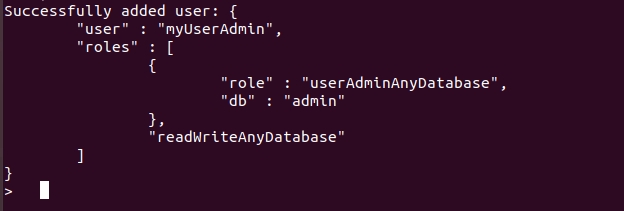Unauthenticated Mongo DB
MongoDB by default does not enforce authentication. In many situations, this may allow anyone on the network to access all data within the database.
PENTESTING MONGODB
The commands needed to verify connectivity are fairly straightforward. The mongo client (and server) can be installed with the apt package mongodb.
The following commands can be used to explore and read data from an unauthenticated MongoDB server:
Connect to the server:
mongo 10.0.0.5:27017List databases:
show dbsUse database:
use <database>List collections:
show collectionsSearch contents:
db.<collection>.find()
Below shows an example:
> show dbs
admin 0.000GB
config 0.000GB
local 0.000GB
> use config
switched to db config
> show collections
system.sessions
> db.system.sessions.find()
> show dbs
admin 0.000GB
config 0.000GB
local 0.000GB
> use admin
switched to db admin
> show collections
system.version
> db.system.version.find()
{ "_id" : "featureCompatibilityVersion", "version" : "3.6" }
CONFIGURING AUTHENTICATION
To secure a MongoDB server we’ll need to set a username and password. Once a user is created, the database needs to be shut down, and restarted with access control enabled.
1. CREATING AN ADMIN USER
The following will create a basic admin user:
You should then see a response as follows:

2. ENABLE ACCESS CONTROL
In this example we are using ubuntu, so we will edit the /etc/mongodb.conf. We will find the following section:
We will then uncomment auth = true.
3. RESTART MONGODB
On Ubuntu we can restart the service with the following command:
We can then verify that access controls are enforced by reconnecting without credentials and running a query:
REFERENCES
https://docs.mongodb.com/manual/tutorial/enable-authentication/
Last updated
Was this helpful?